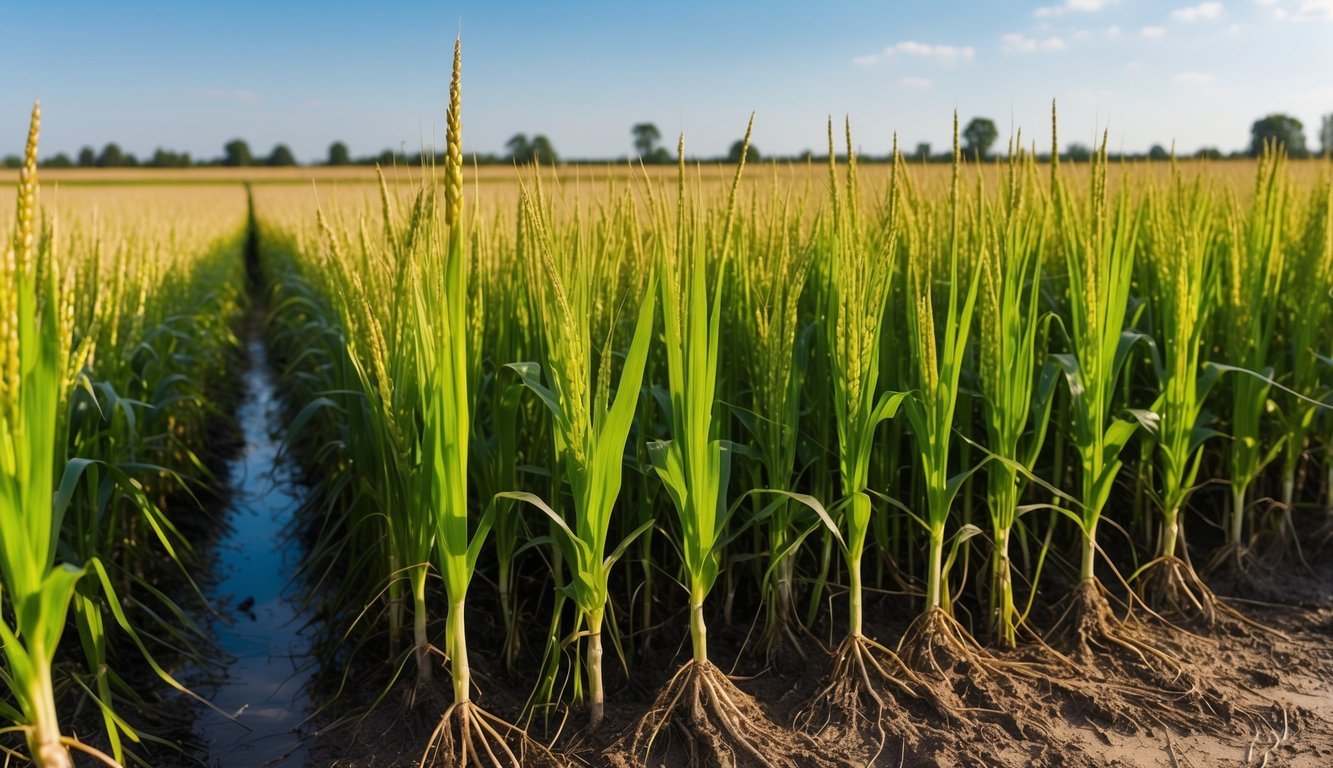
Researchers have made remarkable progress in deciphering how plants adapt their root structures in response to drought conditions, allowing them to dig deeper into the soil for water.
A Collaborative Effort
A collaborative effort between plant scientists at the University of Nottingham and specialists from Shanghai Jiao Tong University has shed light on the role of abscisic acid (ABA)—a critical hormone involved in drought responses—specifically regarding how it affects root growth angles in cereal crops like rice and maize.
Their groundbreaking findings are detailed in the journal Current Biology.
The study provides insights into how ABA interacts with auxin, another essential hormone, to shape the angles at which roots grow.
This interaction opens the door to developing crop varieties better equipped to thrive in drought-prone environments through improved root architecture.
The Importance of Root Adaptation
Drought is a major global challenge impacting food security, having caused around $30 billion in agricultural losses over the past decade.
With the planet’s population projected to hit 10 billion by 2050 and freshwater resources dwindling, creating drought-resistant crops has become increasingly urgent.
Roots are the lifeline through which plants access water from the soil.
During drought, the top layers of soil often dry up, compelling plants to reach deeper into the subsoil for survival.
The research underscores ABA’s vital role in enabling this deeper root adaptation, particularly by influencing root growth angles, ultimately helping plants tap into hidden water reserves.
Key Discoveries
One of the study’s key discoveries is that ABA promotes the production of auxin, which enhances the gravitropic response of roots, resulting in steeper angles during dry spells.
Interestingly, plants that were genetically modified to suppress ABA production showed shallower root angles and struggled to bend in response to gravity, which aligned with the lower auxin levels found in their roots.
When researchers supplemented these mutant plants with auxin, normal root growth patterns were restored, highlighting the hormone’s crucial role in this adaptive process.
Furthermore, the consistent behavior of this mechanism in both rice and maize suggests that it could apply to other cereal crops as well.
Dr. Rahul Bhosal, an Assistant Professor at the School of Biosciences and a lead researcher on the study, stressed the significance of tackling food insecurity through a better grasp of plant growth mechanisms.
He noted that this deeper understanding could pave the way for innovative strategies to boost crop yields, especially in challenging conditions such as drought.
Source: ScienceDaily

